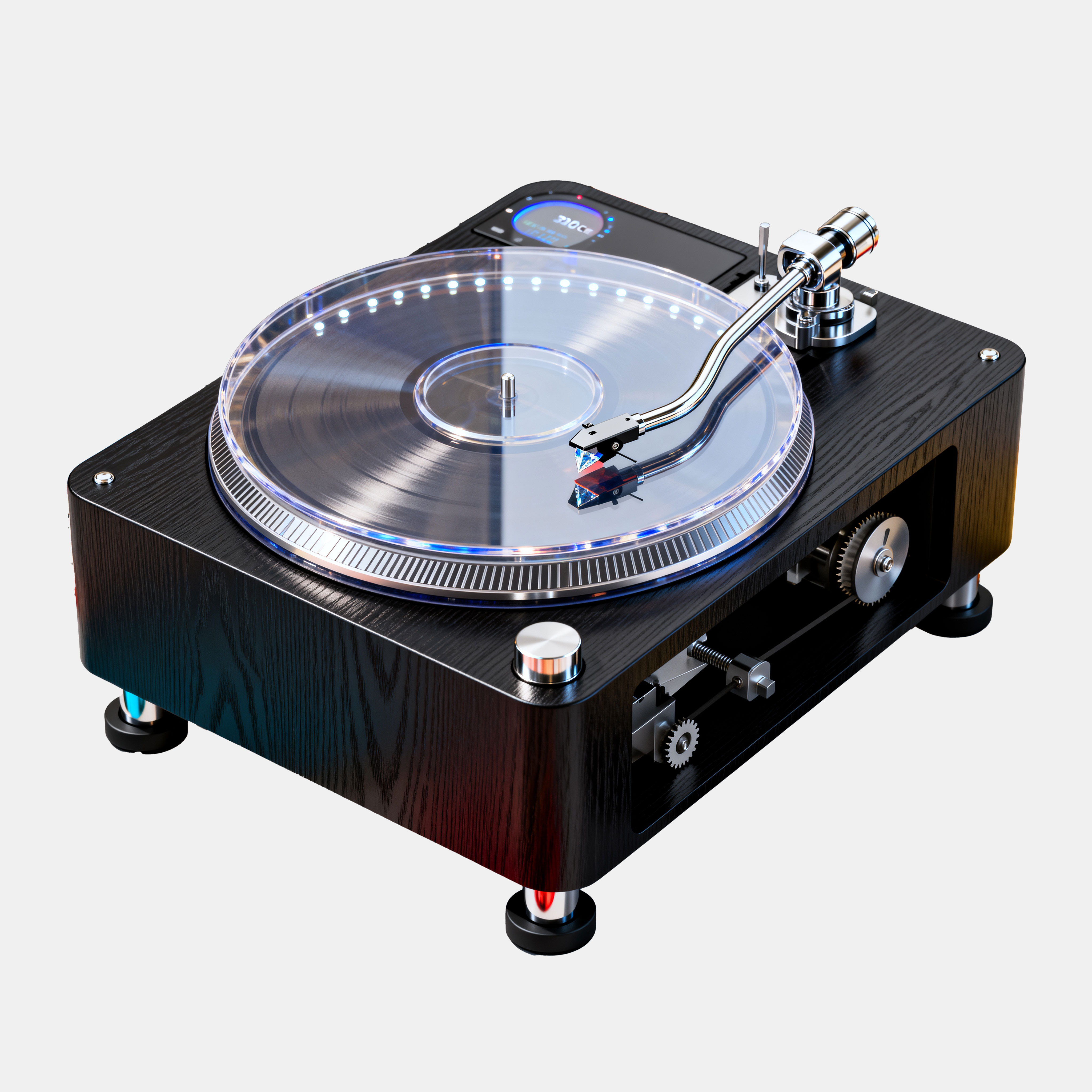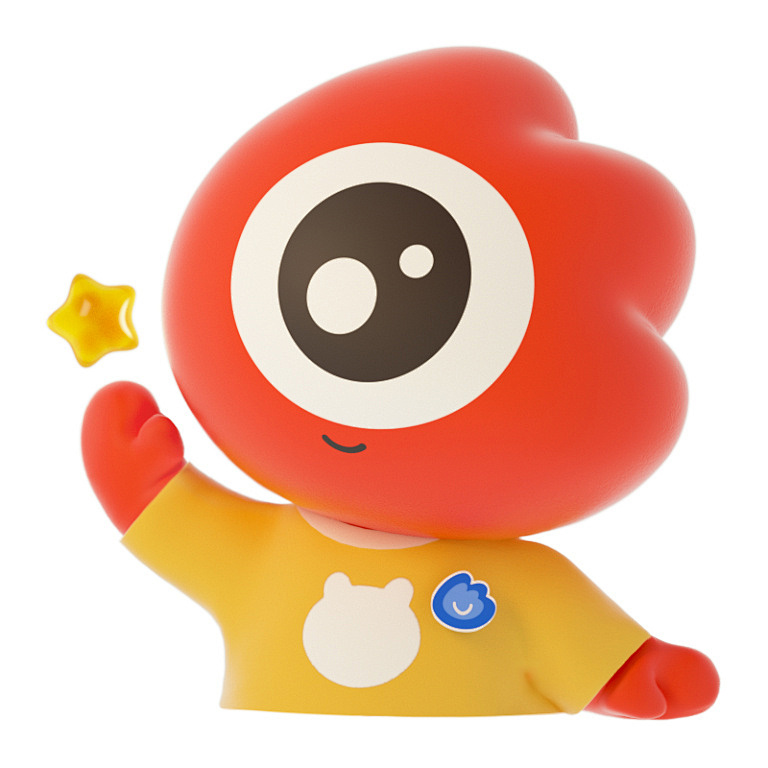
Exploring the field of 3D art is changing dramatically, stimulated by innovational systems that drive this shift: language-based 3D fabrication. This emerging field makes accessible 3D design to a broader community, empowering creators with basic experience to generate sophisticated 3D models merely by feeding verbal cues.
Conceive a universe where anybody could materialize their notions in dimensional space, without consideration of their knowledge. This constitutes the potential that text-to-3D modeling provides, freeing the artistry within each creator.
Machine Learning Driven 3D Art: Beginning a Fresh Era
The sphere of creative output is participating in a notable change with the emergence of AI-enabled 3D modeling. This innovative technology empowers users to form sophisticated 3D models with unprecedented facility. AI platforms process user data and reshape them into lifelike 3D images. From architectural blueprints to models for gaming, the applications are virtually limitless.
A notable aspect of AI-empowered 3D modeling is its potential to liberate the creative workflow. Even neophytes can at present design professional-standard 3D models. This increases a range of avenues for artists to construct their concepts into reality.
- Neural network-powered 3D modeling may boost design by automating repetitive chores.
- Cooperation between human designers and AI platforms can produce new solutions.
- Such platforms hold the aptitude to reshape variegated industries, from media to biomedical fields.
Building Designs Using Verbal Input: Text-to-3D Innovation
The landscape concerning 3D modeling is undergoing a profound shift due to the emergence via text-to-3D generation. This state-of-the-art technology allows users to commence their imaginative visions simply through inputting verbal cues. Bring to mind articulating a fantastical creature or a finely detailed object, and perceiving it emerge before you in three-dimensional form. This melding of language and technological fabrication opens up a wealth consisting of opportunities for developers and everyone with a urge for innovation.
- This novel technology
- supports crafting of artistic designs
- Envision drafting imaginative beings coming alive
Converting Creativity Into Form: AI-Driven 3D Innovation
The sphere of 3D creation is experiencing a profound evolution, triggered by the tremendous potential of smart algorithms. Previously limited to hypotheses, sophisticated 3D models and designs are now becoming real with AI assistance. These advanced algorithms can create intricate geometries, textures, and materials with unprecedented speed and accuracy. From conceptual art to product designs, AI is enabling creators across diverse industries to materialize their visions in ways previously impossible.
This blending of AI and 3D design opens up extensive opportunities for both experienced practitioners and aspiring artists. User-friendly interfaces make these powerful tools available to a diverse user base, fostering the democratization of imagination and spurring novel breakthroughs on an historic scale. As AI methods expand, we can expect even more innovative features that will soften the boundary between fantasy and actuality.
- Crafting
- Generation
- Motion
The Dawn of Intelligent 3D Design: Exploring AI Potentials
The environment of creative industries is progressing through a major revolution. With the development of advanced AI engines, the ability to fabricate 3D models has become greatly simplified. This revolution strengthens builders to depict their ideas with promptness and performance unmatched before.
Perceive a prospect where detailed 3D models are generated instantly, driven by easy text instructions. This is no hardly fiction; it represents the present currently recognized globally.
- Automated 3D modeling solutions are quickly emerging.
- They allow operators with scarce design experience to assemble professional-grade 3D models.
- From architectural projects to detailed product replicas, the uses are infinite.
Enhancing 3D Design: AI as Collaborative Genius
The territory of 3D design advances quickly, driven by the groundbreaking force of artificial intelligence. Deep learning engines have emerged as essential co-creators, augmenting designers to push their creative boundaries and enhance design workflows like never before.
From building detailed models to introducing innovative methods, AI tools augment designer capabilities with unprecedented efficacy. This partnership of human creativity and machine intelligence enables a realm of capabilities, making it feasible to formulate and create 3D models previously believed unachievable.
- Data-powered design tools deliver designers several forms to explore.
- Interactive workflows empower designers and AI to synchronize efforts, refining designs continuously.
- Intricate 3D constructs can be assembled quickly and with impressive accuracy, freeing designers to concentrate on the visionary aspects of their projects.
As AI systems improve, its role in 3D design will become increasingly significant. Embracing this transformative partnership will allow designers to develop the future of 3D art, transcending previously understood thresholds.
Pushing Boundaries: Crafting Superior 3D Constructs Using AI
The landscape of 3D modeling embraces a profound change, powered by the unmatched capabilities of artificial intelligence. AI-empowered tools are allowing builders to dream up and craft 3D models with previously unseen accuracy. These advanced algorithms can fabricate intricate structures from simple inputs, overcoming traditional design hurdles and broadening the limits of what is attainable. From verisimilar objects to cutting-edge designs, AI is altering 3D modeling to be more accessible while arming a new generation of creators.
- Unlocking the potential of imagination
- The Next Wave in Creation
- Bridging Concept and Construction
Unveiling the Emerging Frontier in 3D: Text-to-3D Platforms
The realm of 3D creation is transforming fast at an unequaled rate. Innovative platforms are coming forth that adopt the power of written prompts to form stunning 3D models with notable ease. These text-to-3D frameworks are changing the 3D design process, turning it accessible to a wider audience than ever before.
- Contemplate assembling intricate models simply by expressing them into a virtual interface. Text-to-3D platforms make this dream reality.
- Applying architectural blueprints to individualized jewelry, the uses are boundless.
Such stunning shift in 3D creation is destined to redefine realms, stimulating innovation and creativity across the range.
Advanced AI Models Transforming Rapid 3D Creation
The domain of 3D creation is participating in a major shift, stimulated by the rapid progress of artificial intelligence. Cognitive AI are now capable of producing fine 3D models with unmatched quickness and precision, revolutionizing markets from architectural design to manufacturing and entertainment. Historically, 3D modeling meant laborious, time-intensive manual work requiring ample input and expertise. Nevertheless, AI-enhanced tools optimise the workflow, allowing creators to speedily iterate, experiment, and bring their plans to life with extraordinary productivity.
- In addition, AI achieves the capacity to analyze vast volumes of existing 3D models to spot patterns and trends, empowering it to fabricate innovative designs that break creativity.
- Because of this, the reach of 3D creation is ballooning, equipping both individuals and businesses with small resources to engage with this modern technology.
This advancements are poised to unlock new potential across a myriad applications, from customized commodities to interactive simulations. The future of 3D creation is fundamentally intertwined with the ongoing evolution of AI, promising a generation where imagination has no limits.
3D Printing for the Masses
The sector of 3D printing has seen a transformative change, graduating from a niche technology to an increasingly ubiquitous tool. This broadening is supported by various factors, including the reduction in expense of 3D printers and software, coupled with a booming community of makers and designers disseminating knowledge and resources.
Hence, 3D printing is now within reach of people, firms, and even educational institutions, arousing them to manufacture tangible objects with unmatched control. This integration of technology and imagination has the force to enhance a broad range of fields, from medicine to education, igniting innovation and encouraging individuals to give physical form to their plans.
Linking Language and 3D Design: Bridging the Divide
{The realm|The world|The field|The environment|The space|The Smart material matching domain| 